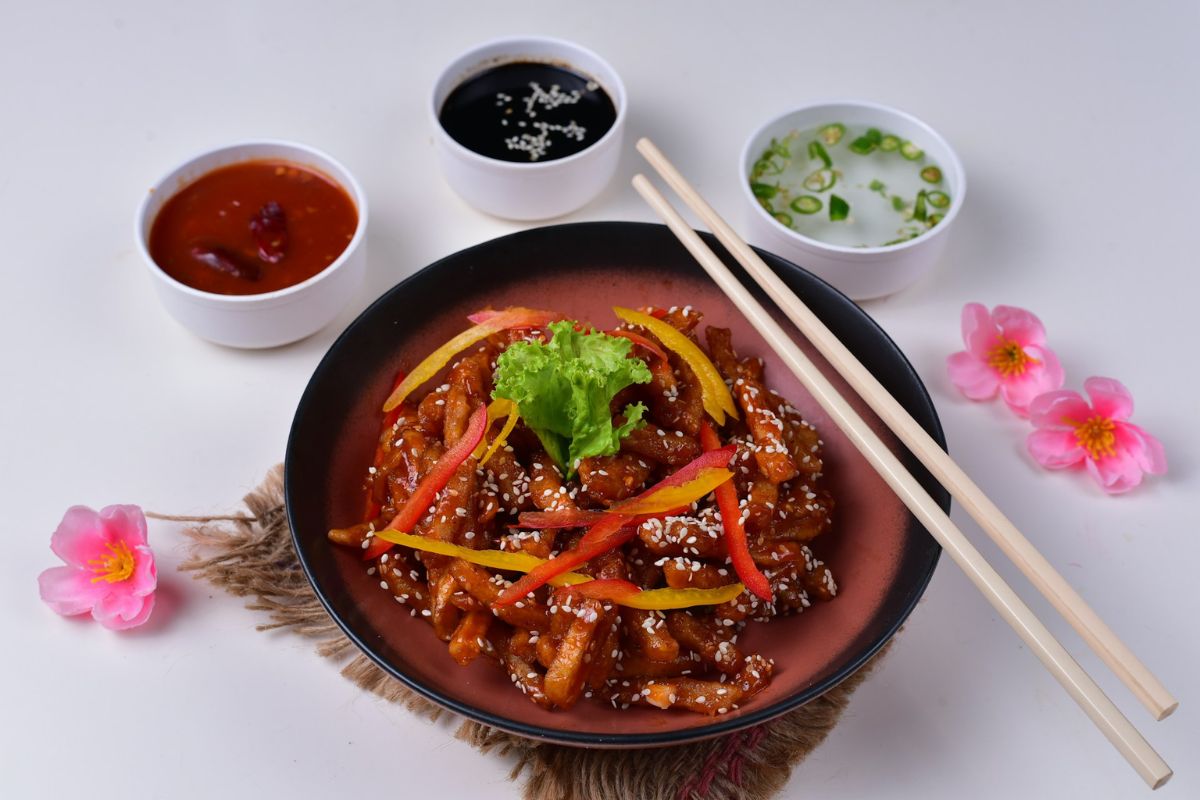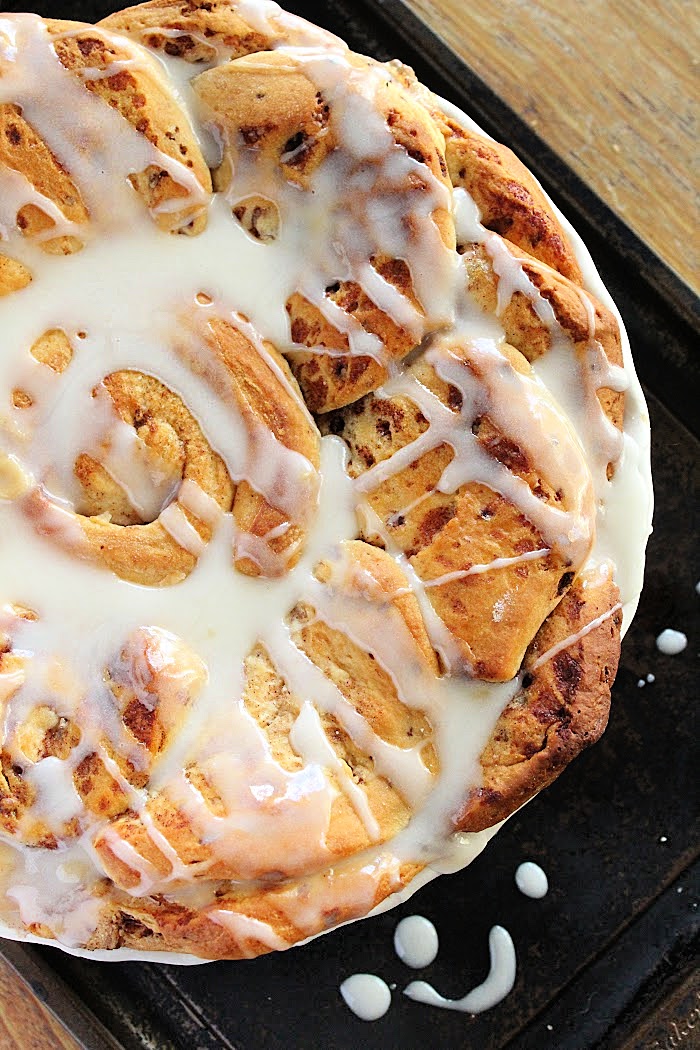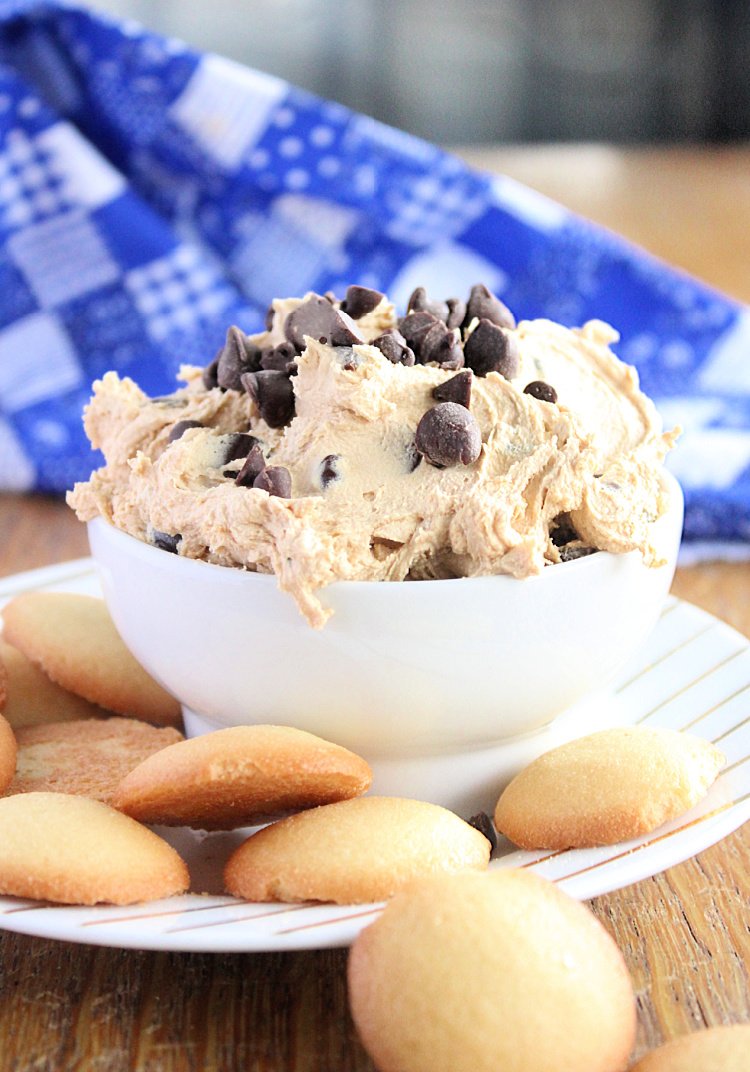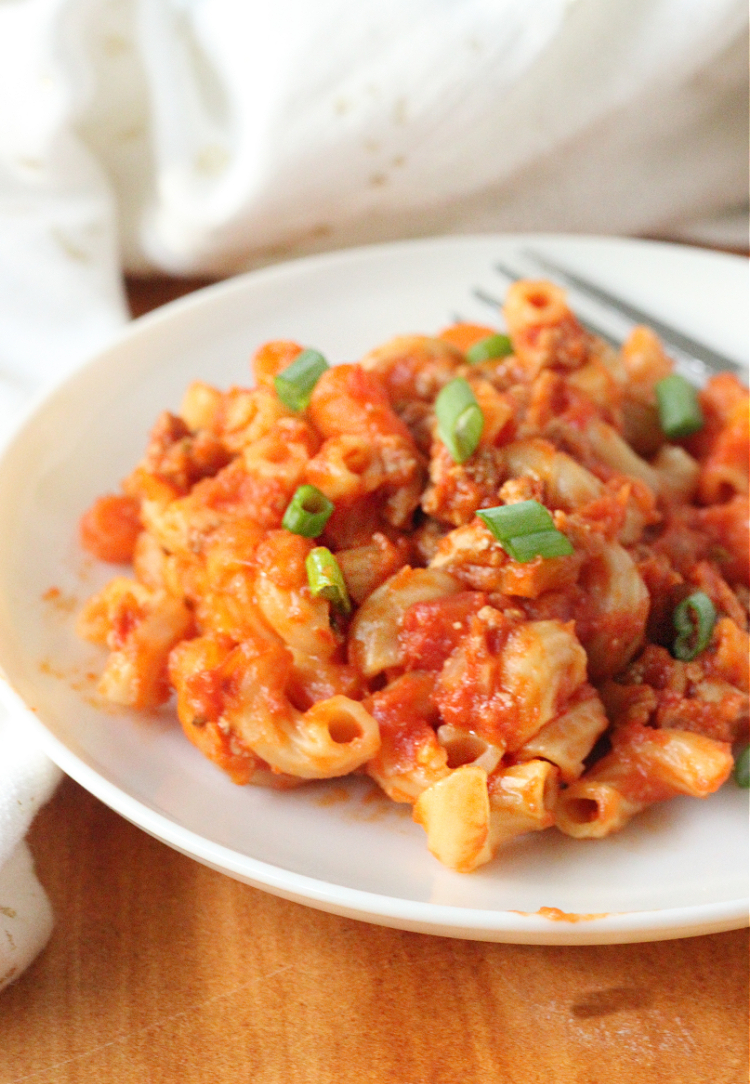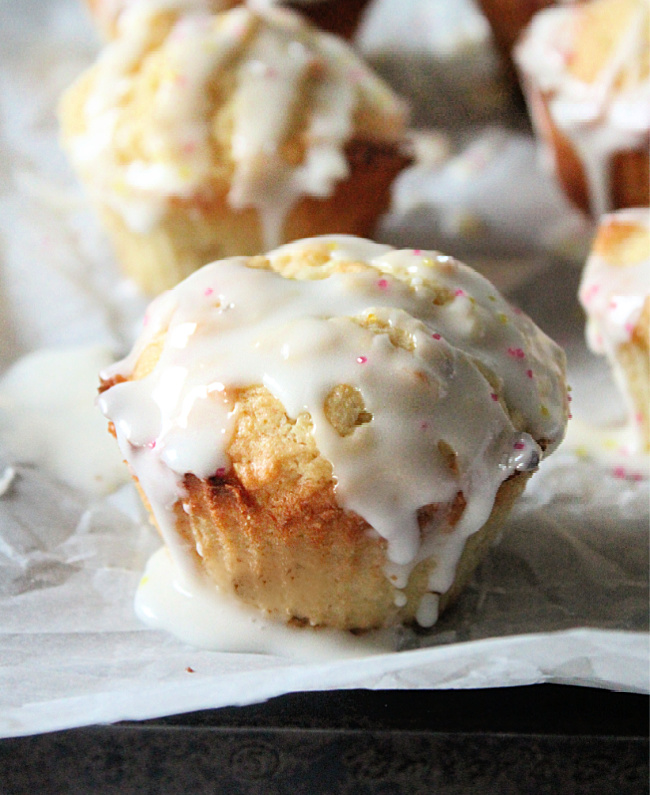6 Scrambled Egg Textures (Silky to Custardy) and How to Nail Each
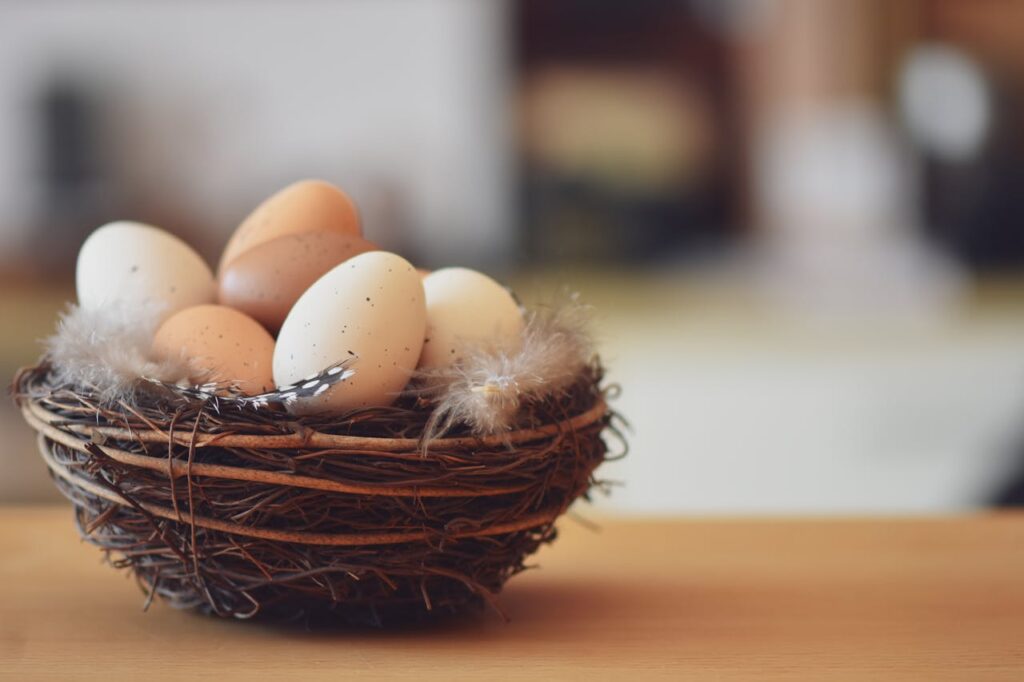
Scrambled eggs can be cooked in countless ways, yet every texture tells a story of technique and timing. From soft and silky to rich and custardy, the smallest adjustments in heat, stirring, and fat create entirely different results. This guide explores six distinct scrambled egg textures, explaining what defines each and how to master them with confidence. Once you understand how heat and motion shape the curds, you can choose the texture that fits your mood, plate, or pairing, and recreate it perfectly every time.
1. Silky
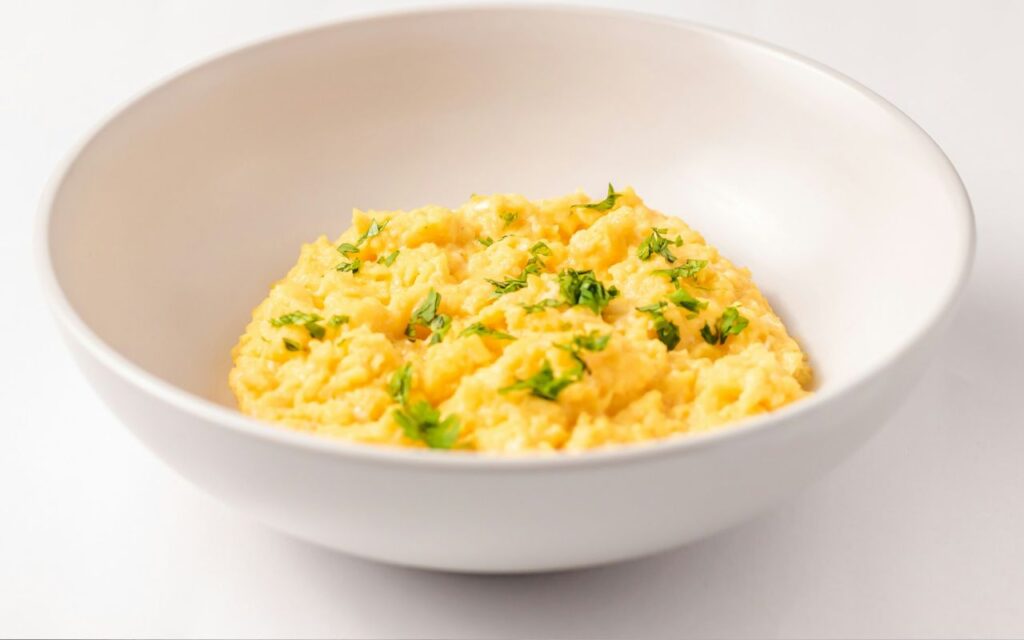
Silky scrambled eggs have a smooth, ribbon-like finish that melts on the tongue. They require low heat, minimal stirring, and patience as the curds slowly thicken. Remove them from the pan while slightly underdone since carryover heat will finish the cooking. Butter adds shine and depth without heaviness. Avoid milk or water, which can make them foam instead of flow. Serve them immediately on warm toast or a soft tortilla to preserve their delicate, glossy texture and satisfy with every velvety bite.
2. Velvety
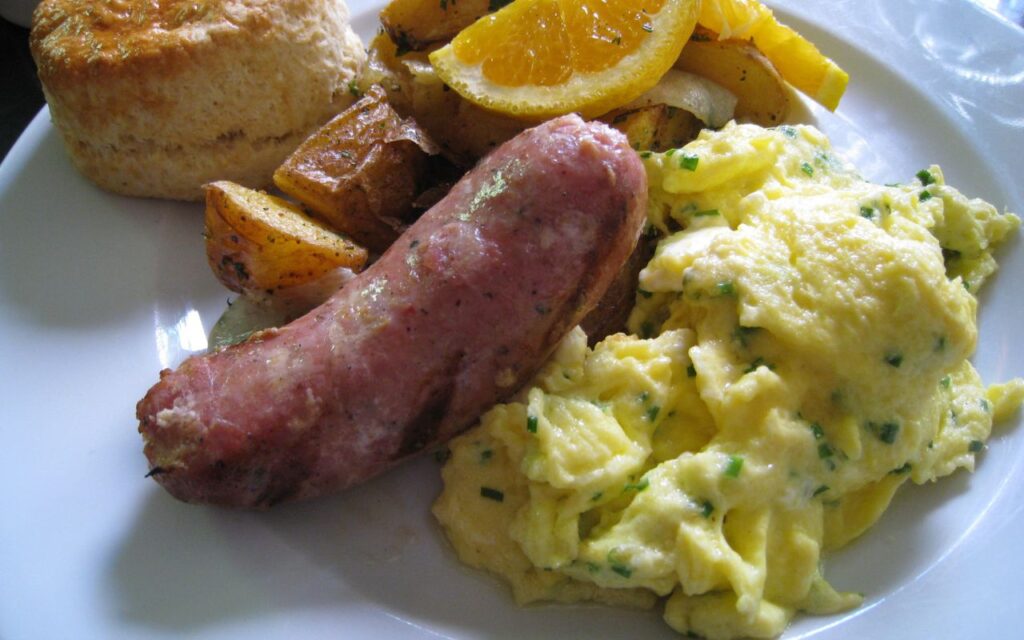
Velvety scrambled eggs are rich and uniform, with small curds suspended in a creamy base. Stir continuously over low heat to prevent large curds from forming, and add a spoonful of cream or crème fraîche near the end for a smooth texture. This gentle technique locks in moisture without turning watery. The result is a cohesive, satiny finish that tastes both comforting and refined. A sprinkle of chives or herbs before serving enhances the aroma and gives a beautiful restaurant-style touch.
3. Creamy
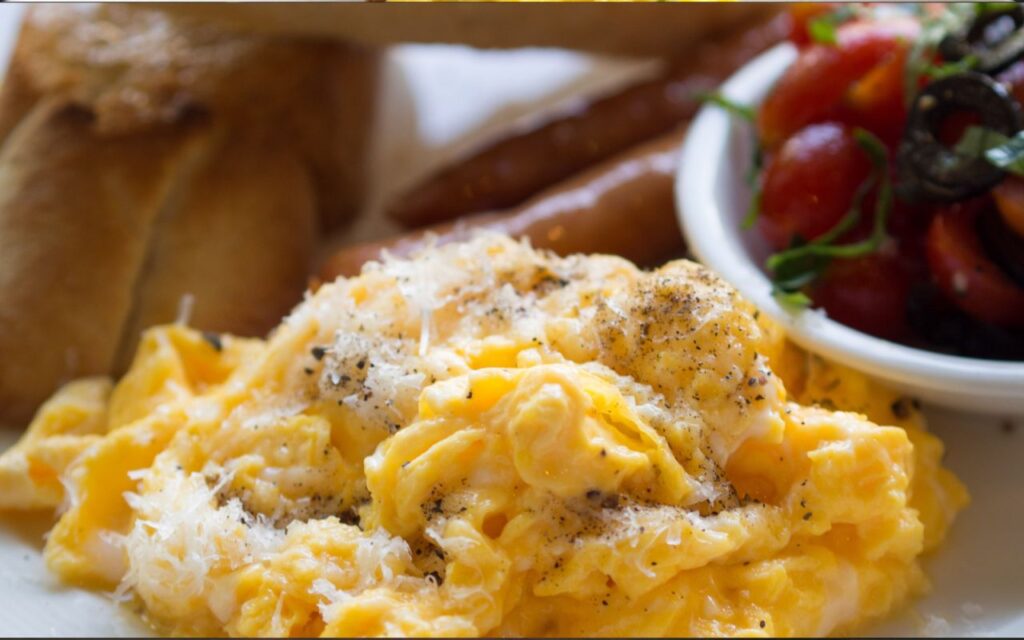
Creamy scrambled eggs strike a balance between soft and structured. Cook slowly over gentle heat, stirring often but not constantly, to form medium-sized curds that remain moist. A splash of milk or cream helps the eggs stay smooth and lush. The secret is to remove them from the heat the moment they stop looking wet but before they firm up completely. Creamy eggs pair well with sautéed vegetables, grated cheese, or smoked salmon and work perfectly for brunch plates that need texture and flavor harmony.
4. Fluffy
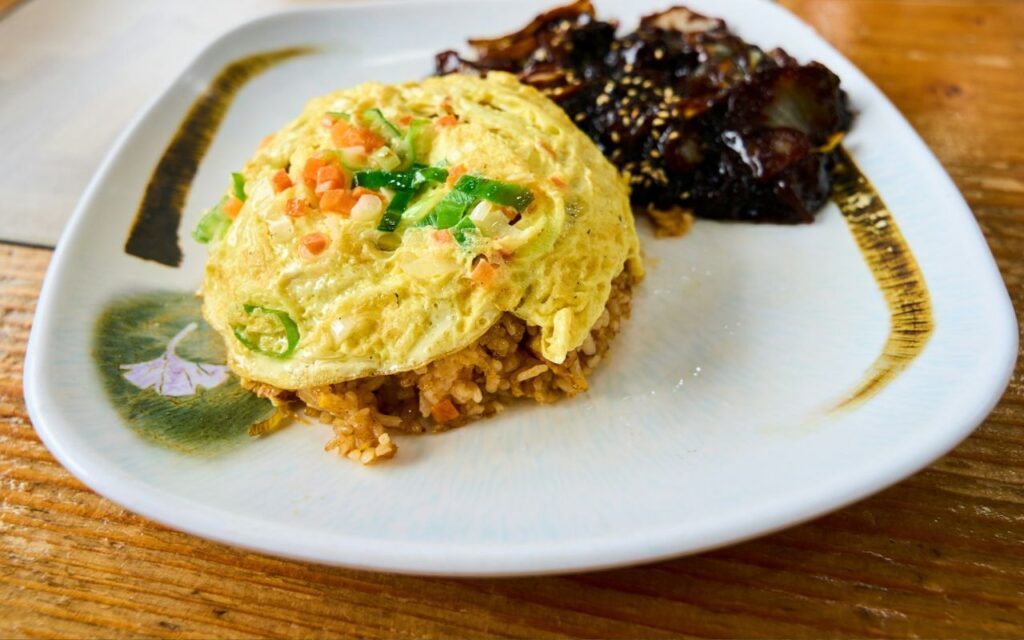
Fluffy scrambled eggs are airy, light, and full of lift. Whisk the eggs vigorously before cooking to incorporate air, and cook them over medium heat so they set quickly while staying tender. Use a nonstick pan with butter, and fold rather than stir to preserve the bubbles that make them puff. They are ready when pale yellow and just set throughout. Fluffy eggs are ideal for hearty breakfasts or breakfast sandwiches, delivering a cloud-like texture that tastes fresh and satisfying with each bite.
5. Custardy
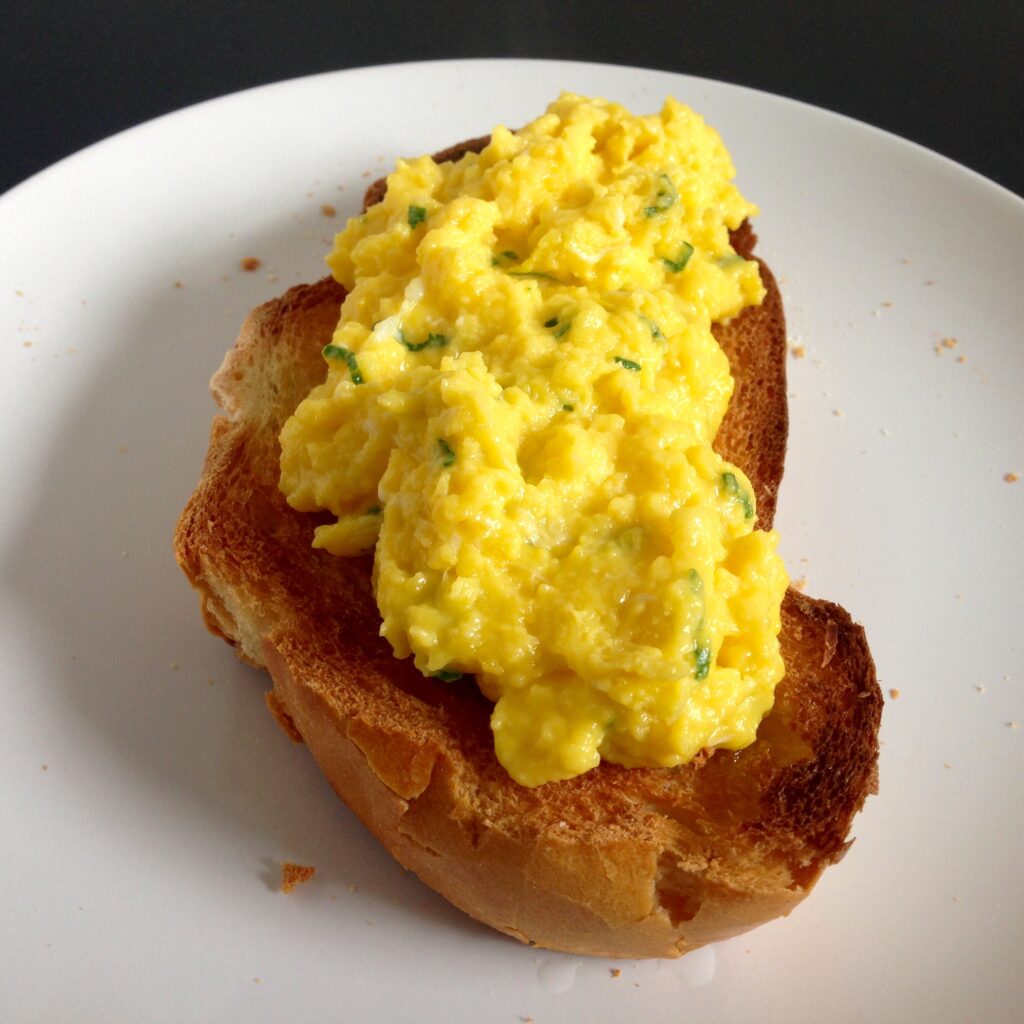
Custardy scrambled eggs are slow-cooked until the curds just hold together, creating a barely set, creamy center. Stir constantly over very low heat, letting the mixture thicken gradually. Add extra yolks or a splash of cream for richness, then finish with butter for silkiness. The texture should feel like soft custard, not firm or dry. This technique takes time but rewards patience with an ultra-smooth, almost spoonable consistency that pairs beautifully with smoked fish, truffles, or a drizzle of olive oil.
6. Firm
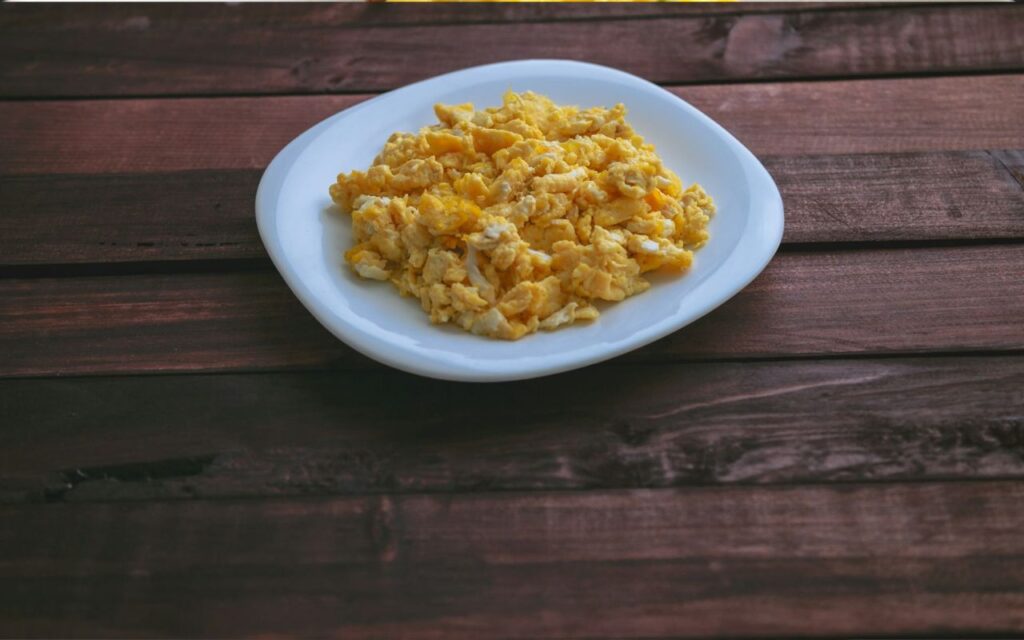
Firm scrambled eggs have dense, compact curds and a fully set texture that holds up to bold add-ins. Use medium heat and steady stirring so the eggs cook evenly and lose excess moisture without becoming rubbery. A touch of butter or oil prevents sticking and adds flavor. This style suits meal-prep or breakfast burritos since the eggs stay cohesive even when reheated. Mix with cheese, vegetables, or sausage for a satisfying, hearty option that delivers both substance and structure.

